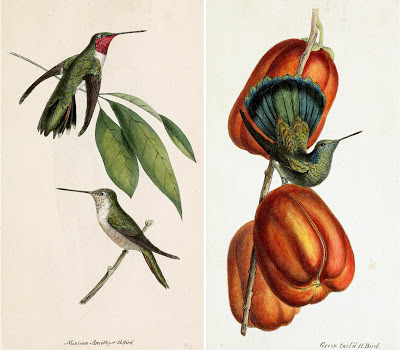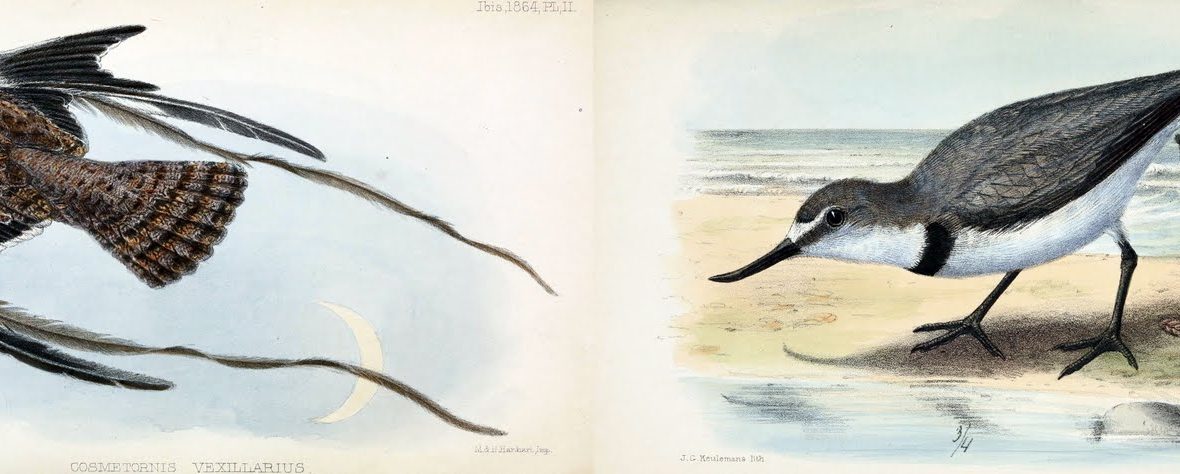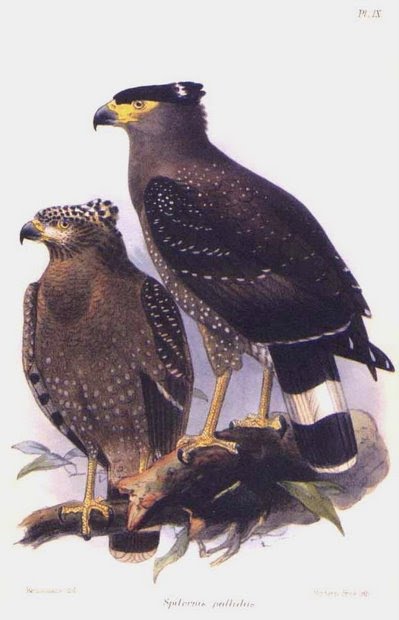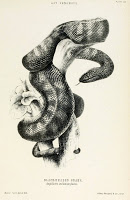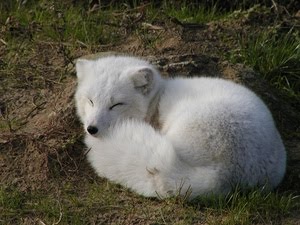Four years ago today, the Biodiversity Heritage Library, along with the Encyclopedia of Life, was officially launched during an event at the National Academy of Sciences.At the time of the launch, there were just over a million pages of taxonomic literature available on the site. Today, there are now just short of 34 million pages.
Continue reading



